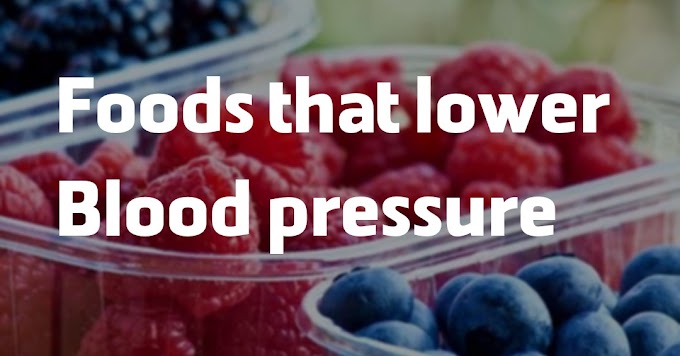Contents:
Definition of edema(oedema):
The word is derived from Greek word "oidema' which means swelling.
Edema is defined as abnormal accumulation of excessive free fluid in the the interstitial tissue and in some serous cavities. Sometimes fluid may be accumulated within the cell which may be called as intracellular edema or more appropriately hydrophobic change.
Free fluid accumulates in the the body cavities referred as effusion. If the fluid accumulates in the peritoneal cavity it is termed as ascites, if the fluid accumulates in the plural cavity said as pleural effusion or hydrothorax, like wise when the fluids accumulates in the pericardial cavity known as hydropericardium or pericardial effusion.
Free fluid accumulates in the interstitial spaces between cells commonly termed as edema, that can be displace from one location to another. when the edema in the subcutaneous tissue,on putting pressure with finger it displaces the fluid , called as pitting type of edema and when there is no displacement of underlying fluids then it is called as non pitting type edema.
Types of edema:
Edema divided into two types mainly:
1. Localised edema:
when the edema is is limited to an organ or limd (feet swelling), for example pulmonary edema ,cerebral edema, inflammatory edema,lymphatic edema etc.
2. Generalized edema(Anasarca or dropsy)
when edema is system in distribution, seen in the subcutaneous tissues. For example cardiac edema ,renal edema, nutritional edema etc.
Important types of edema:
🔻Renal edema :
In some renal origin diseases, generalized edema is observe, such as nephritic syndrome nephrotic syndrome renal failure due to acute tubular injury.
1. Edema in nephritic syndrome
Conditions like diffuse glomerular diseases such as acute diffuse glomerulonephritis and rapidly progressive glomerulonephritis, known as nephritic edema.
2. Edema in nephrotic syndrome
Here hypoproteinemia (hypoalbuminemia) occurs which lead to the decreased plasma oncotic pressure causing severe generalized edema.
🔻Cardiac edema
In cardiac edema generalized type of edema occurs in right sided and congestive cardiac failure.
Hypovolemia caused by the the decreased cardiac output stimulates intrinsic renal and extrarenal hormonal mechanism and also secretion of ADH which lead to the sodium and water retention finally cause edema.
In case of heart failure Central venous pressure is increased which transmit back to the the venous end of the capillary and rises the capillary hydrostatic pressure and cause transudation. This is is known as back pressure hypothesis.
🔻 Pulmonary edema:
In pulmonary edema accumulation of fluid occurs not only in the the tissue space but also in the pulmonary alveoli.
Pulmonary edema occurs either due to elevation of pulmonary hydrostatic pressure or due to increased in capillary permeability. One of the most important local edema which may cause some serious impairment of function.
Person climbing to high altitude without out acclimatization may suffer from circulatory and respiratory ill-effects. It usually appears after climbing a height of 25000 metres. Changes like occurrence of fluid in the lungs ,congestion and widespread minute hemorrhages. This may be lead to death of the person within few days.
🔻 Cerebral edema :
One of the most life threatening edema that is swelling of brain. In the brain, fluid exchange mechanism is different form other regions of the body. There is no lymphatics in the brain,here exchange of water-electrolyte is regulated by blood- brain-barrier which is present in the endothelial cells of the capillaries.
There are 3 types of cerebral edema vasogenic cytotoxic and interstitial.
🔻 Hepatic edema :
Oedema(ascites, swelling of legs) can be observed in chronic liver disease(liver cirrhosis). In diseased liver, there is defect in protein synthesis and inactivation of aldosterone both leads to edema. Increased abdominal venous pressure due to portal hypertension, leads to the increase in hydrostatic pressure which results in edema.
🔻 Nutritional edema
Prolonged starvation, fasting famine,vitamin deficiency ( B1 deficiency )chronic alcoholism awesome reasons of nutritional edema. This kind of edema occurs on the legs i.e swelling of the legs can be observed but it may be sometimes more generalised.
🔻Myxoedema:
Myxedema occurs due to hypothyroidism.Here non-pitting type of edema is observed in the the skin of face and other parts of the body, also in the internal organs because of excess accumulation of glycosaminoglycan in the interstitium.
Causes of edema(Pathogenesis of edema):
▪️ Edema may be caused due to decreased plasma oncotic pressure.
Plasma oncotic pressure is exerted by the the total amount of the proteins present in the plasma which tends to draw the fluid into the the vessels normally. When total plasma protein level decreases i.e in case of hypoproteinemia ( less than 5 g/dl) more commonly in hypoalbuminemia, it become insufficient to to counteract the effect of the hydrostatic pressure of the blood. This results in In how to write movement of the fluid from the capillary to the interstitial space leading to edema. Usually generalized type of edema is seen in such cases.
▪️Due to increased capillary hydrostatic pressure.
Capillary hydrostatic pressure is the force which have the tendency to draw the fluids from the capillary to the interstitial space across the capillary wall by overcoming the plasma oncotic pressure.
▪️ Obstruction in the lymphatic system.
Normally interstitial tissue fluids drawn away by the lymphatics, any kind of obstruction to the lymphatic channels causes localised type of edema which is known as lymphoedema .
▪️ Due to increasing permeability of the capillary.
Normally capillary endothelium is semipermeable membrane that allows little passes of plasma protein. If the endothelium get injured, the permeability of the capillary to the the plasma protein increases that causes leakage of plasma protein into the interstitial fluid. This results in hypoproteinemia and and so causes edema .
▪️ Some tissue factors
▪️ Sodium and water retention
Edema may be caused by excessive retention of sodium and water that maybe via stimulation of external mechanism, intrinsic renal mechanism or via ADH mechanism.











